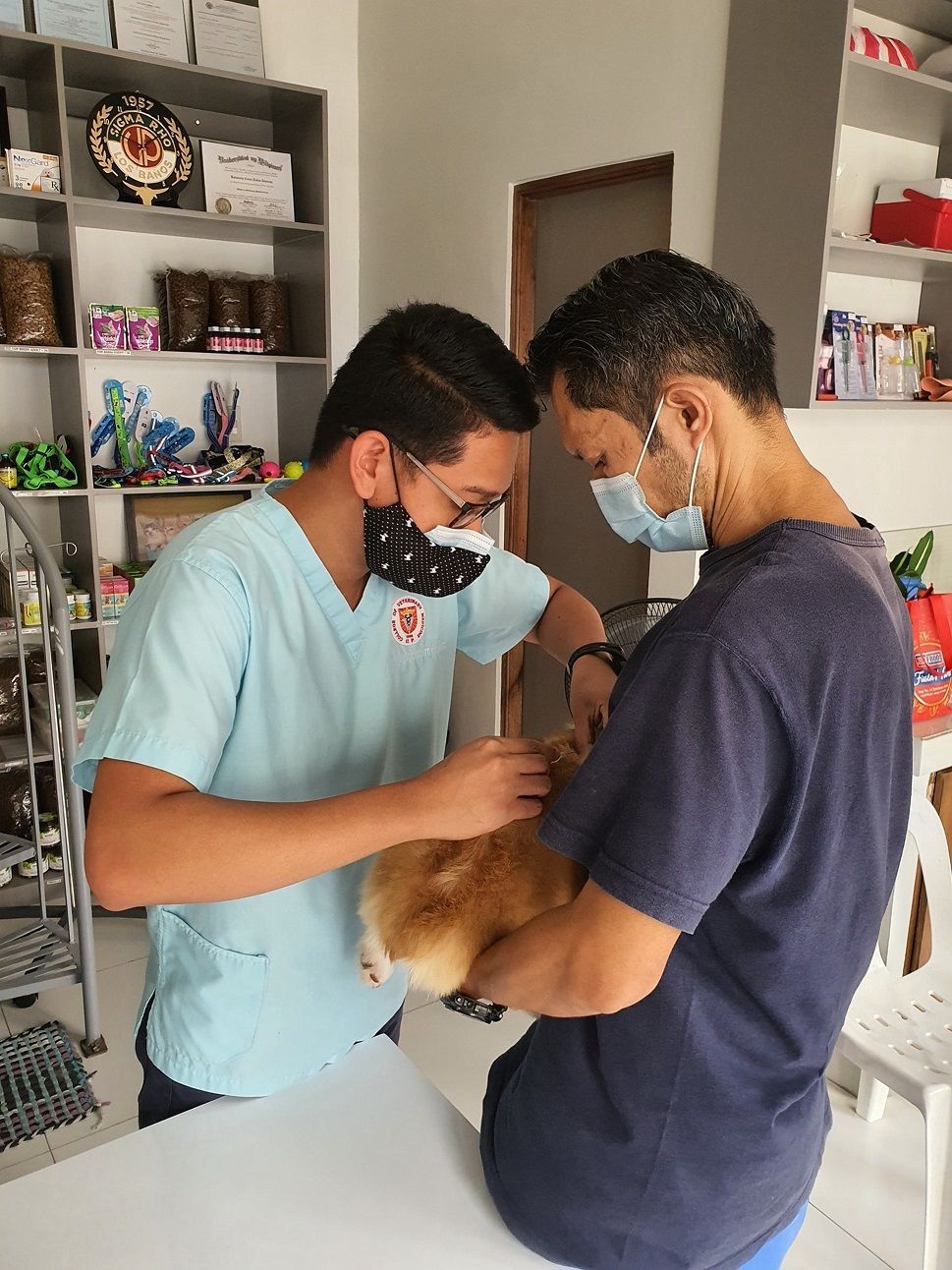7 DVM Compensation Trends with an HR Professional
Hiring a veterinarian? Here's How You Can Set Your Practice Apart.
The veterinary industry is one that has seen a lot of change over a relatively short period of time. Associate DVM salaries are up, and gone (for now) are the days of “looking for work” as a veterinarian. Like many industries, competition for quality workers is at an all-time high. Private practices and corporate-owned practices alike are competing for the same people, and everyone is looking for a way to stand out from the competition.
Leah Frizzle, CHRP joined us to lay out the biggest trends she has been seeing as a Ward & Uptigrove Human Resources Advisor in the veterinary space. If you prefer to listen, you can catch this episode of the
Integrating for Success podcast here.
1. Salary
Right now, we’re seeing large salaries, albeit with a wide range of around $110,000 to $206,000. The average annual salary we’ve seen is around $135,000. The higher salaries are coming from the larger corporations, as they are seemingly able to be more competitive on base salary.
Setting yourself apart in some way through compensation is a great way to get someone in the door. However, there is a lot that goes into a compensation package, more than just base salary.
2. Profit sharing
We’ve been seeing more and more practices adding profit sharing into employment contracts. This practice may allow smaller firms who are not able to offer as large a base salary compete for quality DVMs. It is important to note the profit-sharing agreements can vary widely from practice to practice.
3. Signing & Retention bonuses
Signing bonuses have become more and more common. We’re currently seeing an average of about $7,500, with a low of about $5,000 and a high of $10,000. However, in many cases, it may not be a sign-and-get-it-on-your-first-pay cheque situation.
Because of the competitive nature of the market, many clinics are now combining signing bonuses with retention bonuses, so instead of receiving a lump sum at the beginning of employment, practice owners are now providing signing bonuses in increments. As an example, the DVM would receive $2,500 on their first pay cheque, then another $2,500 in three months, assuming the veterinarian is still an employee. They would then receive the remainder following their first year of employment.


4. Continuing education
Another fairly consistent practice we’ve observed is the inclusion of some form of continuing education (CE) support outside of general paid time off (PTO). Both time off and funds for CE are on the table, but this varies depending on the size of the clinic and its priorities. For example, if a practice owner is looking to hire their successor, they are often willing to put a little bit more money towards leadership or business administration courses.
In general, the range we’re seeing on employment contracts is $750 to $2,500 per year, with the average being about $1,600. In addition to the funds, we’re seeing an average of two paid days off allocated to attend educational events, conferences, seminars, etc.
5. Benefit packages or Healthcare Spending Accounts
As part of the overall compensation package, we’re also seeing more health care support. The bigger clinics are able to offer comprehensive health and dental benefit packages, as they have enough employees to justify the cost. However, it just doesn’t make sense from a cost perspective for a lot of the smaller practices.
In some of the smaller practices we’re seeing a rise in health care spending accounts (HSCA), both self-administered and those administered by an external organization. In a self-administered HSCA, the practice owner has a set amount of funds used to provide reimbursement of specific healthcare costs directly to the employee. Ward & Uptigrove offers health care spending account program administration for those seeking external management of their program. With the accounts we manage, we’re seeing averages of about $1,250 a year. If a veterinarian does not have external benefits through a spouse or some other source, this is a little way to set your clinic apart from the rest.
6. Petcare spending accounts
While petcare spending accounts have been typical in veterinary clinics for a long time, they haven’t been documented in employee contracts like we’ve been seeing lately. Again, this is a good way to set a clinic apart from the competition.
Typically, annual exams, vaccinations, and other routine visits are offered at cost for the animals that live in the veterinarian’s primary household. While the work itself can often be done by the veterinarian, being able to provide services and products specifically at cost, as opposed to going to a PetSmart and paying the marked-up rate, is much more desirable when looking at an employment contract.
7. Culture
There’s a great book called “Drive” by Daniel Pink, and in it he explains how pay is an extrinsic factor when it comes to motivation. This means that more pay does not necessarily correspond with increased engagement. For example, if you’re paying someone $105,000 per year, they won’t be significantly more engaged if you pay them $120,000 a year. You don’t ever want to underpay someone, but if you have poor performers that you have been allowing to destroy the culture, throwing money at the problem isn’t going to fix the issue.
Prior to bringing in a new DVM, if you have employees you have been struggling with, you’ll want to address those issues. Bringing in a DVM and asking them to work with individuals who are already giving you a hard time will make it difficult for a new DVM to stay motivated and engaged. This could put you at risk of losing them.

BONUS: Long term strategies
There are also some longer-term strategies you can employ if you’re looking to add a DVM to your staff and have some time on your side. Engaging with the schools and bringing in co-op students in their first or second years can prove to pay off in the long run. Some clinics offer a retention bonus for students who return year after year to ensure their loyalty for two or three years post-graduation, as well.
Another avenue to explore is foreign-trained veterinarians. This is a huge untapped labour pool that, admittedly, can seem intimidating at first. It is certainly more expensive in the beginning, however there are a lot of long-term benefits that come from supporting a foreign-trained veterinarian, loyalty being a big one.
Connecting with local associations and even leveraging social media is another way to source veterinarians. There are a lot of Facebook groups for veterinarians, for example, where you might connect and build some relationships. You may not hire the exact person you’re messaging, but they may have a friend or coworker who’s looking for another job.
Lastly, look at your internal resources. Do you have a veterinary technician who’s interested in becoming a veterinarian? Is there a possibility of you providing some support and some funding to help them get there? In return, you can put into place a contract that would have them remain an employee of your clinic for a certain number of years following graduation.
Competition remains very stiff if you’re looking to hire a veterinarian, but there absolutely ways that practices can set themselves apart from others competing in the same labour pool. Are you struggling to hire someone? Contact Ward & Uptigrove Human Resources Solutions to get the help you need.
Interested in more pieces like this?
Check out our podcast, where this conversation originated.
Have Questions?
Contact a Ward & Uptigrove Human Resources representative at 519-291-3040 or email info@w-u.on.ca





